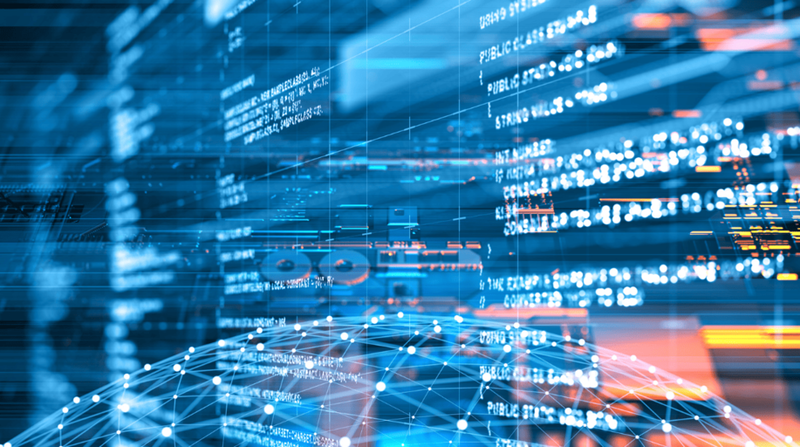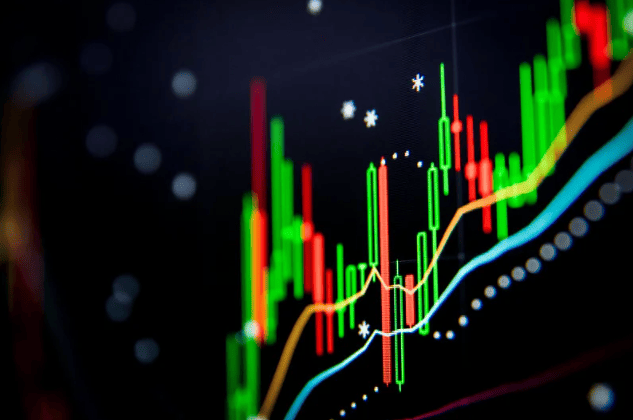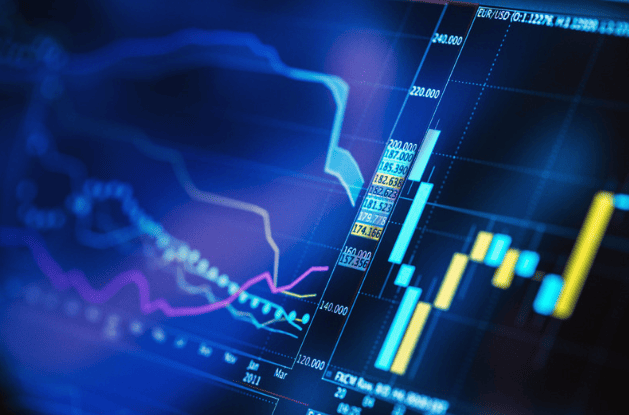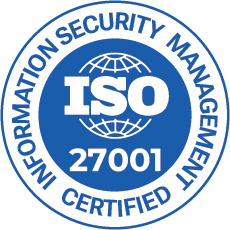


Explore the basics of program trading, its strategies, and how it automates trading decisions. This guide will help you understand program trading and how to leverage it to improve your trading performance.
Program trading refers to the use of computer algorithms to execute trades based on predefined criteria. It is widely used in financial markets to automate trading processes, minimise human error, and optimise trading speed. Unlike manual trading, which is time-consuming and prone to human biases, program trading relies on data and mathematical models to make precise trading decisions.

With the UAE, especially Dubai and Abu Dhabi, becoming a hub for fintech and AI-driven solutions, traders in the region are increasingly turning to automated and algorithmic trading to stay competitive in today’s volatile markets.
Key advantages include:
Reduces the need for manual intervention by executing orders automatically.
Program trading can execute large orders within milliseconds, capturing market opportunities faster than human traders.
Algorithms eliminate emotional biases and follow preset rules, ensuring consistent trading execution.

Program trading involves multiple steps, each designed to optimise trading efficiency and performance.
The process begins with collecting data from various sources, including market prices, trading volumes, and economic indicators. This data is then analysed to identify trends and opportunities for profitable trades.
Traders use mathematical models to develop strategies that can be automated. Popular strategies include:
Arbitrage: Exploiting price differences between markets to make a profit.
Index Tracking: Buying or selling stocks to replicate the performance of a market index.
Pair Trading: Taking long and short positions on two related stocks to profit from their price movements.
Once a strategy is developed, it is coded into an algorithm. The algorithm is programmed to monitor market conditions and execute trades based on predefined criteria. For example, if the price of a stock falls below a certain level, the algorithm can automatically buy it.
Program trading systems continuously monitor the market and execute trades as soon as the set conditions are met. Traders can also set risk management rules, such as stop-loss orders, to protect their investments.
Program trading is widely used across different financial markets due to its versatility and efficiency.
In the stock market, program trading is used to automate large trades, allowing institutional investors to buy or sell large quantities of stocks without significantly affecting market prices.
Program trading is effective in the forex market, where rapid price fluctuations require quick decision-making. Algorithms can predict currency pair movements and execute trades within seconds.
For commodities like oil, gold, and agricultural products, program trading systems can analyse historical data and forecast price movements, helping traders make more informed decisions.

Program trading systems can process vast amounts of data and react to market changes instantly. This speed advantage is particularly useful in fast-moving markets like forex and cryptocurrencies.
One of the key benefits of program trading is its ability to incorporate risk management into trading strategies. For instance, algorithms can automatically adjust positions based on market volatility or set stop-loss levels to minimise losses.
With program trading, traders can execute thousands of trades simultaneously, which is impossible for human traders. This scalability allows for more complex trading strategies to be implemented, increasing potential returns.
Program trading can identify assets that are trending upwards or downwards and execute trades to capitalise on these trends.
This strategy involves identifying assets that deviate from their historical mean and predicting that they will revert to the mean. Algorithms can execute trades when prices deviate beyond a certain threshold.
Program trading systems are capable of executing a high volume of trades in a short period, taking advantage of small price discrepancies in the market. This is particularly useful in markets like forex, where prices can change within milliseconds.
Automates the trading process, reducing the time needed for analysis.
Removes emotional biases, such as fear or greed, that can impact trading decisions.
Reduces transaction costs by optimising the execution of trades.
Select a platform that supports program trading, such as MT4 or MT5, which offer advanced features for implementing trading algorithms.
Basic programming skills, especially in Python, are beneficial for developing customised trading algorithms.
Conduct thorough backtesting to evaluate the performance of your trading strategies under various market conditions.
Ensure that your algorithms include risk management features, such as stop-loss orders and position sizing, to protect your investments.

As part of our expansion into the UAE region, Algo Forest is proud to have been invited by the Abu Dhabi Investment Office (ADIO), a recognition of our impact on the fintech and AI ecosystem.
We’re also excited to announce that we will be exhibiting at GITEX Global 2024, held at the Dubai World Trade Centre from October 14–18, 2024. At the event, we’ll showcase our latest AI-driven algorithmic trading programmes, offering traders a firsthand look into the future of automated trading.
This is a major milestone as we continue our vision to make algorithmic trading accessible to everyone in the UAE, providing tools and education that empower traders at every level.
If you're based in the UAE and curious about the future of trading, we’d love to meet you at our GITEX 2024 booth or you can get started right now from anywhere.
Visit algoforest.com to explore our online algorithmic trading courses and discover how AI and automation can transform your trading journey.
Q1. What is program trading?
Program trading uses algorithms to automate the execution of trades based on predefined rules, enhancing trading efficiency and speed.
Q2. How much capital do I need to start program trading?
For beginners in Hong Kong, starting with HK$20,000-HK$50,000 is recommended, depending on the platform and chosen strategies.
Q3. Can program trading be used for forex trading?
Yes, program trading is highly effective in the forex market due to its speed and ability to handle large trading volumes.
Q4. Do I need coding skills to get into program trading?
While coding skills in languages like Python are helpful, many platforms offer user-friendly interfaces and pre-built algorithms.
Q5. What are the risks associated with program trading?
The main risks include reliance on data accuracy, market volatility, and potential regulatory issues. Regular monitoring is essential to ensure your trading strategies remain effective.
Q6. Can program trading be combined with AI?
Yes, integrating AI into program trading can enhance decision-making by analysing complex data sets, improving accuracy and profitability.
Algorithmic trading once reserved for elite hedge funds and Wall Street quants is now going...
LEARN MORE >>Invited to landmark meeting with Abu Dhabi Investment Office, as its Forex Forest ecosystem empowers...
LEARN MORE >>外汇小课堂:外汇交易如何运作︖了解外汇交易的基本原理 外汇交易作为全球交易量最大、流动性最高的金融市场之一,每天的交易总额高达 6.6 兆美元,吸引了无数投资者参与。然而,对于许多外汇新手来说,外汇到底是怎么运作的?是否真的如传说中那般高风险、难以掌握? 本文将带您逐步了解外汇市场的基本架构和操作方式,帮您扫清学习过程中的疑惑。不论您是初学者还是稍有经验的交易者,都可以从本文中获得实用的信息与策略。 外汇交易的基本原理是什麼︖ 外汇交易的核心是「以一种货币兑换另一种货币」,也就是所谓的「货币对」。例如 EUR/USD(欧元/美元)代表购买一欧元所需的美元数。 每种货币都有其标准缩写,例如 EUR 是欧元、USD 是美元。通过查看这些货币对的价格,交易者可以判断当前汇率,并作出买入或卖出的决策。 外汇价格由市场供需决定,全天候波动,因此也为交易者提供了众多机会。 📌 实用小贴士:可通过连接至权威外汇网站查看实时汇率。...
LEARN MORE >>




